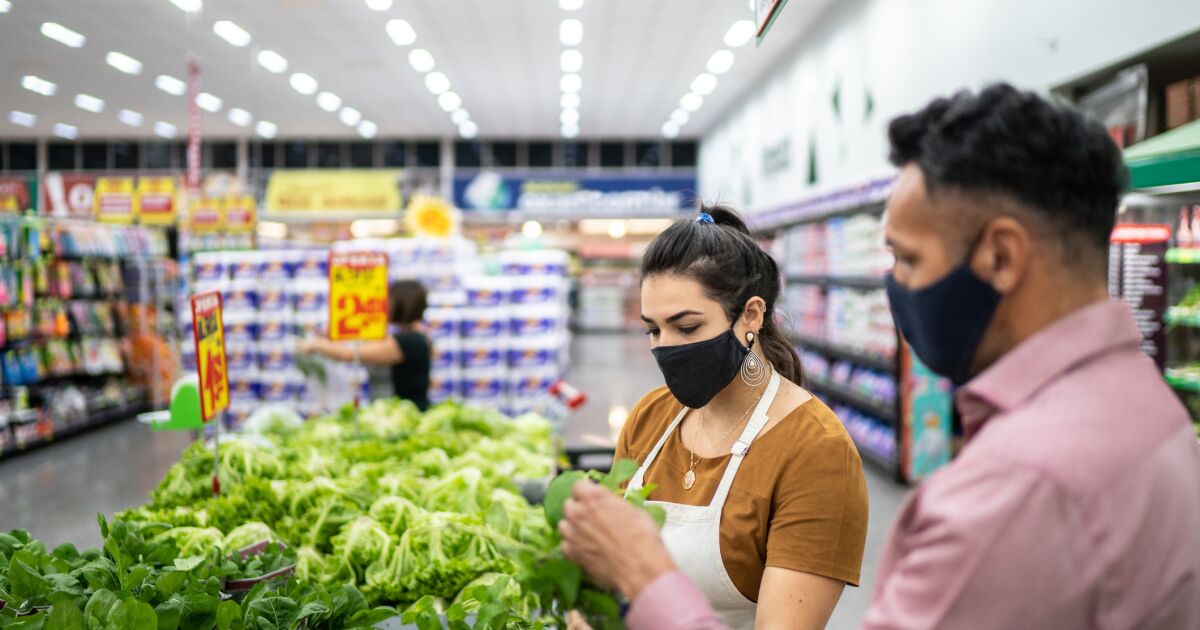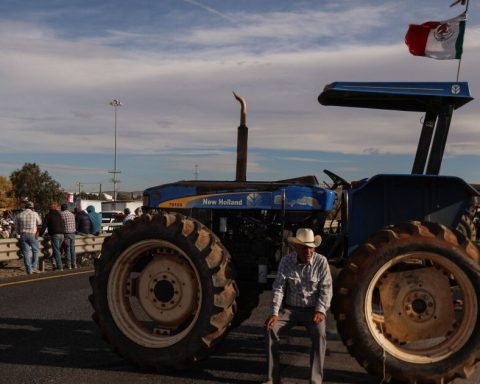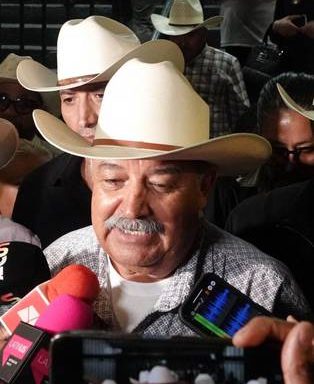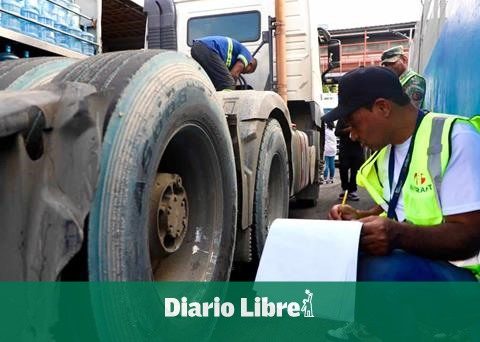Unlike other countries with a completely open fuel market, in Mexico when fuel prices rise worldwide, the government makes discounts (tax incentives) to the IEPS tax that is charged on gasoline and di ´esel, this with the aim of smoothing out price increases. Since February, stimuli of over 90% have been granted for Magna gasoline.
Meanwhile, general inflation at the annual rate stood at 7.29% during the first half of March, driven by LP gas, gasoline and airfares, the National Institute of Statistics and Geography (Inegi) reported last week.
uncontrolled pressure
In the countries of Latin America, the pressures are concentrated in the costs of the agri-food industry, suspension of commercial transport, higher prices of cereals and natural gas, these factors in turn trigger higher prices of meat and a lower production of fertilizers .
Mexico, for example, of all the fertilizers it imports for production in the field, 24% comes from Russia, details information from UN Comtrade and Coface. Peru 46% and Ecuador 39%. Mexico is the third country in Latin America that imports the most fertilizers from Russia.
These factors and internal issues leave a forecast for Mexico’s economic growth of 1.6%, by Coface.
higher interest rates
The Coface economist explained that in the face of inflation, countries around the world are responding with increases in reference interest rates, by their central banks.
“This is true for all countries, it is a response to inflation, which has an impact on the consumption of durable goods, and preference for essential products. As for companies, raising rates can create problems if they are leveraged with credit,” he said.

















